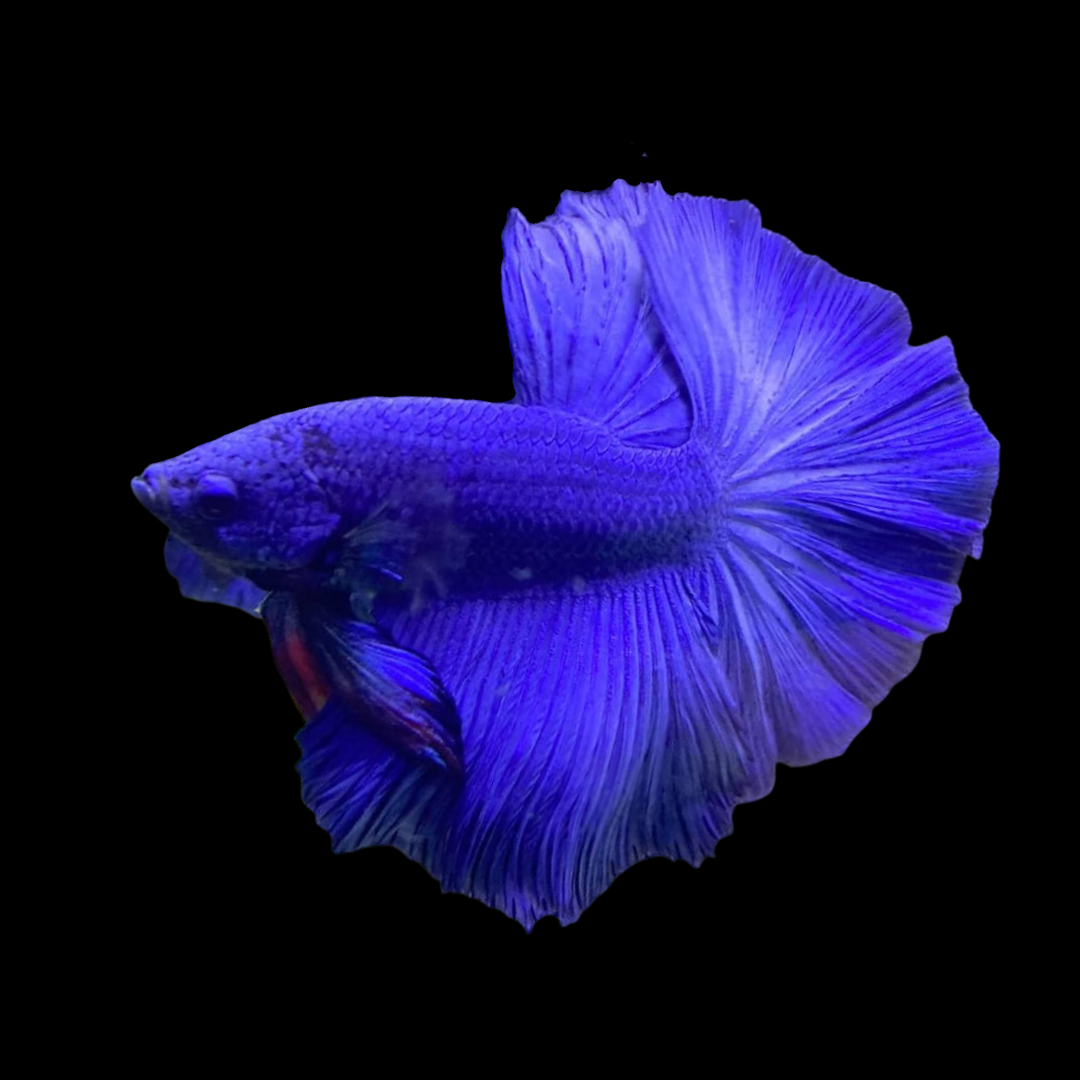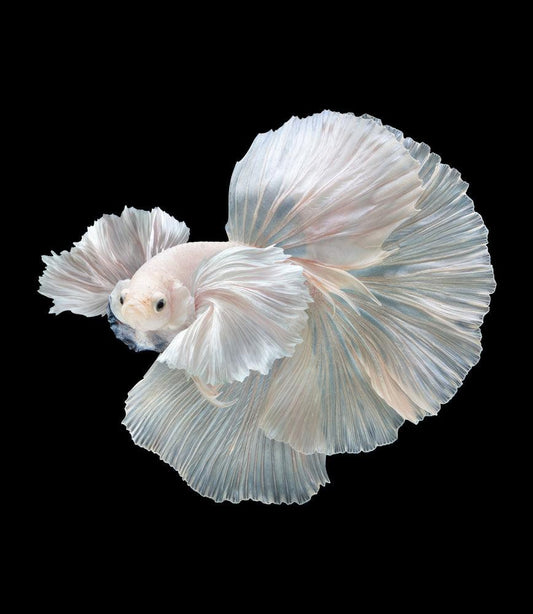Understanding Betta Fish Habits: What Every Owner Ought To Know
Understanding Betta Fish Habits: What Every Owner Ought To Know
Blog Article
Breeding Betta Fish: a Comprehensive Step-By-Step Guide to Effectively Raising Baby Bettas From Eggs to Adulthood
Reproducing Betta fish is a meticulous venture that needs cautious planning and implementation to make sure the effective development of fry from eggs to mature fish. Choosing genetically diverse reproduction sets with desirable attributes is just the start; developing an optimal setting and understanding the details of the breeding process are just as important. As the male Betta faithfully constructs a bubble nest and guards the valuable eggs, the succeeding phases of care and shift need attention to information and understanding of ideal methods. Just how does one navigate the tough yet gratifying path of nurturing these vibrant animals to their adult years?

Picking Reproduction Pairs
When getting started on the trip of reproducing Betta fish, picking the right reproduction sets is essential to achieving desirable attributes and a healthy and balanced family tree - betta fish. The primary step in this procedure is to identify the particular traits you want to boost or preserve, such as color, fin type, and body form. It is vital to pick genetically varied sets to stay clear of inbreeding, which can bring about health and wellness issues and unwanted features
Assess possible breeding candidates thoroughly. A healthy male Betta ought to exhibit lively colors, an active disposition, and well-formed fins, while the woman needs to also display vibrant pigmentation and a rounded stomach, indicating readiness for spawning. Observing the character of both fish is important, as aggressive or excessively shy people might not reproduce efficiently.
Maintaining records of the moms and dad fish's ancestry can aid you track hereditary attributes and possible issues. Eventually, investing time in the option process will considerably enhance the chance of producing solid, vivid offspring that fulfill your breeding objectives.

Preparing the Reproduction Container
Creating an optimum reproduction atmosphere is an essential action after choosing appropriate sets for Betta fish. The reproduction storage tank must be specifically developed to offer convenience and promote the all-natural breeding behaviors of the fish. Begin with a storage tank dimension of a minimum of 10 gallons to make certain sufficient area for both the male and women Bettas.
Preserve a mild purification system to keep the water tidy while avoiding strong currents that can emphasize the fish. In addition, an air stone can be included in provide oxygenation without interfering with the water surface area as well much.
Temperature law is important; objective for a secure variety of 78-82 ° F(25-28 ° C) utilizing a dependable heating system. The pH degree ought to be kept between 6.5 and 7.5, and routine water adjustments are view it now essential to make certain high water high quality.
Include drifting plants or spawning mops to create hiding areas for the female, while additionally urging bubble nest building by the male - betta fish. Make sure the tank is free from see this page sharp decors and any possible threats, as the welfare of the fish ought to always be prioritized throughout this critical stage of breeding.
The Reproduction Process
Typically, the breeding process for Betta fish entails a collection of distinct and observable actions that show preparedness for recreation. The male Betta begins by developing a bubble nest at the water's surface, which functions as a site for the fed eggs. This nest is important, as it supplies a secure environment for the eggs until they hatch out.
Once the nest is established, the man will certainly show courtship actions, such as flaring his fins and showing lively shades to bring in the lady. The woman, upon picking up the male's readiness, will certainly react by displaying upright stripes along her body, signifying her receptiveness.
The fertilized eggs then drop to the bubble nest, where the male meticulously accumulates and returns them to the nest. Following this, the male thinks responsibility for guarding the nest and making certain the security of the eggs until they hatch, commonly within 24-36 hours.
Caring for Betta Fry
Caring for Betta fry needs careful focus to their environment and nutrition to guarantee healthy growth and development. After hatching, Betta fry are exceptionally tiny and susceptible, necessitating a look at this now stable and tidy environment.
Feeding Betta fry is equally essential. They must be provided infusoria or finely smashed top quality fry food, as their mouths are as well small to deal with larger particles. As they expand, you can progressively present bigger foods, such as infant salt water shrimp or powdered flakes, to guarantee they receive ample nutrition. Feed them small amounts a number of times a day, being careful not to overfeed, which can cause water top quality issues.
Transitioning to Adult Bettas
As Betta fry mature, transitioning them to adult Bettas is an essential stage that calls for cautious administration of their setting and social interactions. This process usually starts when the fry get to around six weeks old, at which point they can be slowly presented to a more structured living atmosphere.
To facilitate this change, it is important to ensure that the water criteria-- such as temperature, pH, and ammonia degrees-- are ideal and steady. Grown-up Betta fish flourish in cozy water (around 78-80 ° F) with a pH of 6.5 to 7.5. Gradually acclimate the fry to these conditions to minimize anxiety.
Social communications are one more essential factor; male Bettas are notoriously territorial and aggressive. It is a good idea to separate men into specific containers as they grow. Women Bettas can be housed with each other, however treatment ought to be taken to keep track of for signs of aggression.
Additionally, dietary adjustments should be made as the fry grow. Include top notch pellets and live foods to support their growth and health. By handling these variables efficiently, you can advertise an effective change to the adult years for your Betta fish.

Final Thought
Effective reproduction of Betta fish requires careful interest to detail throughout the entire procedure, from selecting genetically varied pairs to providing ideal care for fry. Furthermore, a balanced diet plan and progressive adaptation to grown-up atmospheres are important for the development and development of Betta fish.
Report this page